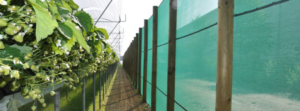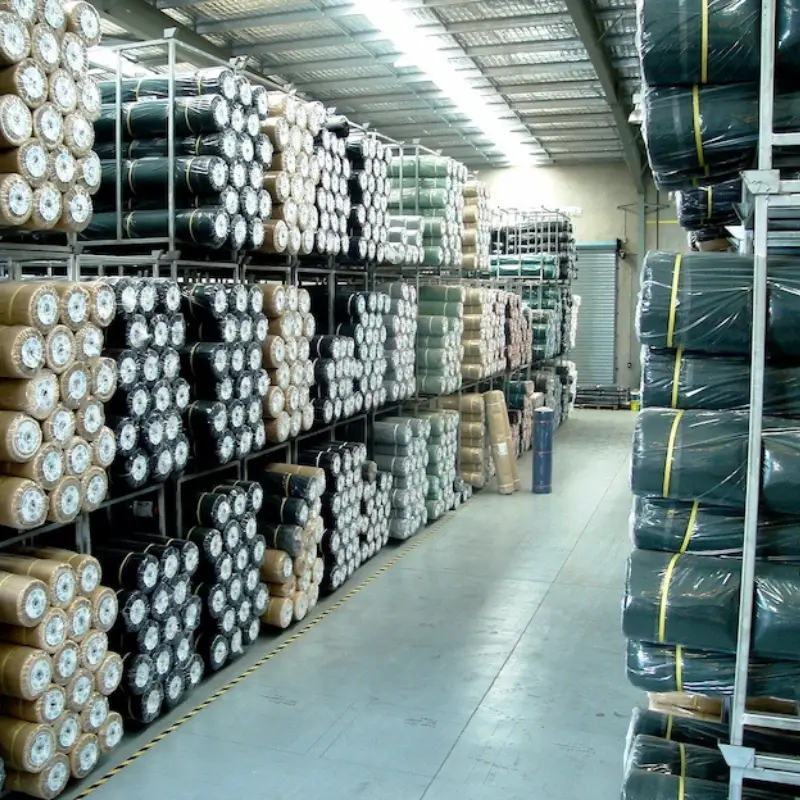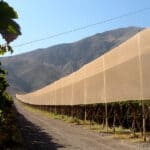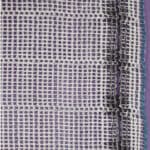Description
EyouAgro 35% WindScreen, often called 35% Wind Reduction, is used in farming generally, horticulture, and gardening.
It’s used to shield crops from heavy winds.
Windbreak netting is also constructed to serve as protection for polytunnels, animals like birds, and ravage crops from high winds that have the potential to cause damage.

Specification:
- Raw Material: 100% virgin HDPE with UV Stabilizer
- Net construction: Raschel knitted
- Yarn: Monofilament
- Dimensions: 1,00m x 100m – 1,50m x 100m – 2,00m x 100m – 3,00m x 100m – 4,00m x 100m – 6,00m x 100m
Application:
WindbreakNet has many usages, such as:
- Protection of crops, foliage, nurseries, orchards and plantations from strong winds and ravages
- Reduction of mechanical damages like wind rub and bruising
- Prevention of transpiration and evaporation excesses and soil erosion
- Another usage as protective windscreen or on vehicles when transporting crops, plants, animals, or poultry
Installation Guide:
Installation of the poles:
-
- The poles need to be anchored firmly into the ground and preferably set into a concrete base (Ø 80cm and 1m deep)
- Interspace: maximum 3m
- Pole dimensions: Ø 8cm x 2m for a net height of 1m, Ø 10cm x 2.5m for a net height of 1.5m, Ø 12cm x 3m for a net height of 2m.
- Marks are affixed to the first and last pole near the polyester eyelets (every meter or every 1.5m) to indicate where the cables need to be attached.
- The net is completely rolled out on the ground and the tension cables are passed through the polyester eyelets.
Ø 3 mm PVC-coated steel wire ropes or polyester cables are to be used as tension cables. - The net is folded like a curtain. The various cables are attached to the first pole.
- The loose end of the upper cable is tensioned by means of a tackle and fixed to the last pole.
This procedure is repeated for the other cables. - The net is nailed to the first pole by means of a batten.
Subsequently, the net is unfolded over the cables up to the next pole and nailed down. Etc. - The net’s eyelets are attached to the first and last pole by means of cable ties.
The cable ties are placed around the pole, passed through the polyester eyelets closest to the pole, and tightened. - Finally, the upper and lower cables are nailed to all poles by means of staples.



















